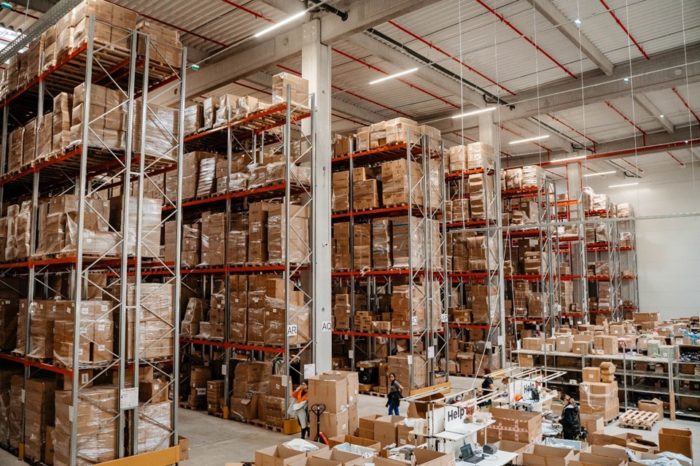World Bank: Economic growth in the developing economies of Europe is likely to slow

Economic growth in the developing economies of the Europe and Central Asia region is likely to slow, says the World Bank’s Economic Update for the region, released today. Regional growth is now expected at 2.5 percent in 2025-26 owing to weaker external demand and a slowdown in Russia.
In 2024, growth across the region stabilized at 3.6 percent, sustained by private consumption and supported by robust real wage increases, higher remittances, and stepped-up consumer borrowing, all of which offset weaker external demand due to low growth in the European Union.
Higher increases in prices for food and services resulted in higher inflation, which increased to 5 percent year-on-year by February 2025, from 3.6 percent in mid-2024. The recent pickup in inflation prompted several central banks to hike policy rates or delay further easing.
“While countries of the Europe and Central Asia region were able to maintain steady growth last year, global uncertainty, geoeconomic fragmentation and weak expansion among key trading partners are making it more challenging to sustain this growth,” said Antonella Bassani, World Bank Vice President for Europe and Central Asia. “To achieve stronger economic expansion over the long term, it is crucial for the countries in the region to accelerate domestic structural reforms that foster a dynamic and innovative private sector, entrepreneurship and technology adoption.”
In a special analysis of how to accelerate growth in the current challenging global environment, the report stresses the importance of a dynamic private sector. Countries should invest more in innovation, undertake reforms to support young companies, deepen financial markets, and increase research and development (R&D) investment while continuing to focus on integrating global technology, expertise, and capital.
For the middle-income countries in the region to achieve high-income status, their economies need to become more dynamic. Countries that have successfully transitioned to high-income status have done so through entrepreneurial dynamism and innovation and should sustain such growth by leveraging technology, expertise and capital to enhance within-firm productivity growth.
“Innovation and experimentation in business are essential for boosting productivity and a prerequisite for achieving and sustaining high-income status,” said Ivailo Izvorski, World Bank Chief Economist for Europe and Central Asia. “Middle-income countries in the region can reach high-income status if firms grow, innovate, and compete. While every country needs its own approach to reignite growth, spurring innovation and enabling business dynamism is crucial.”
The report argues that investing in young, innovative companies is needed rather than the entire small and medium enterprise (SME) sector, as these companies are generating jobs. This approach should be supported by improving access to finance, especially long-term and risk capital. The region does not have enough finance as venture capital and equity finance remain underdeveloped.
Strengthening competition is essential to allow such dynamic firms to emerge. The region has too many small, low-productivity businesses and few large companies outside of state-owned enterprises (SOEs), which often dominate markets and stifle entrepreneurial dynamism.
Policies that encourage business innovation and technology adoption, such as larger and better-targeted R&D incentives, are also needed to help firms become more productive and innovative. Many firms in the region currently rely on resource reallocation and operate as production facilities for foreign companies instead of developing their own technologies.
Finally, investing in human capital is essential for attracting and retaining highly skilled workers and entrepreneurs, as well as for creating opportunities to upgrade skills through training.















